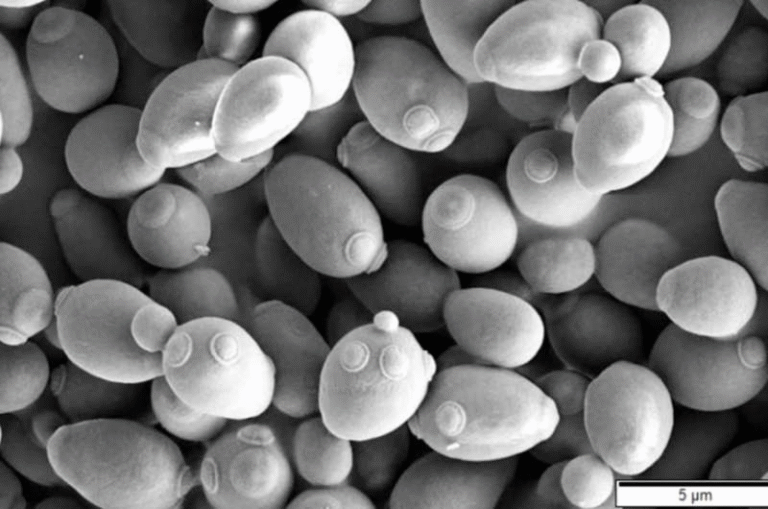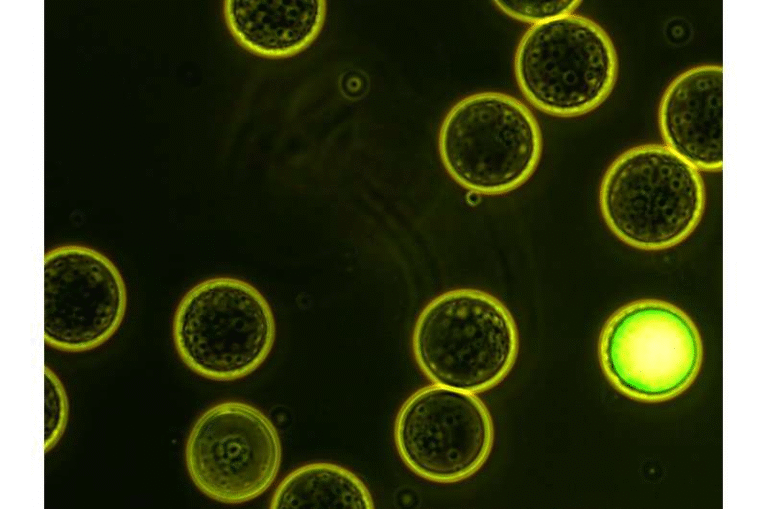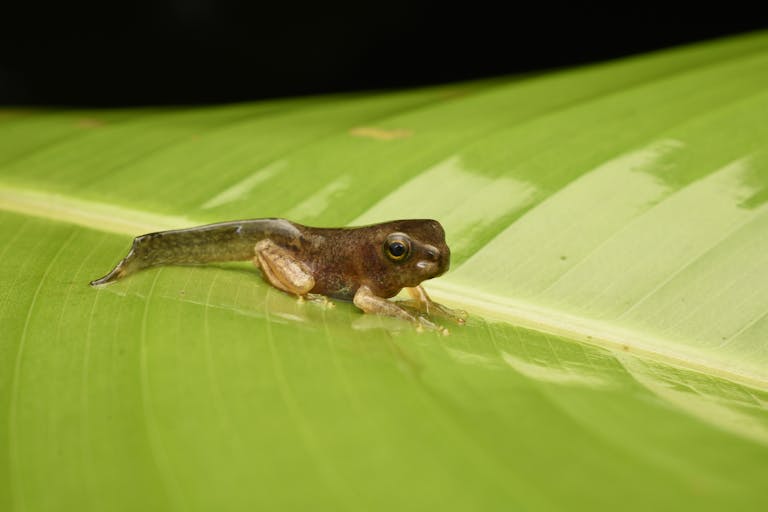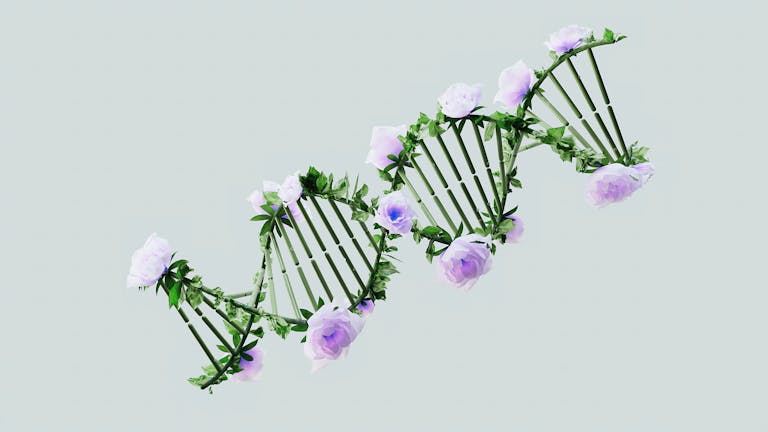Matching Gene Expression to Metabolite Production in Single Plant Cells
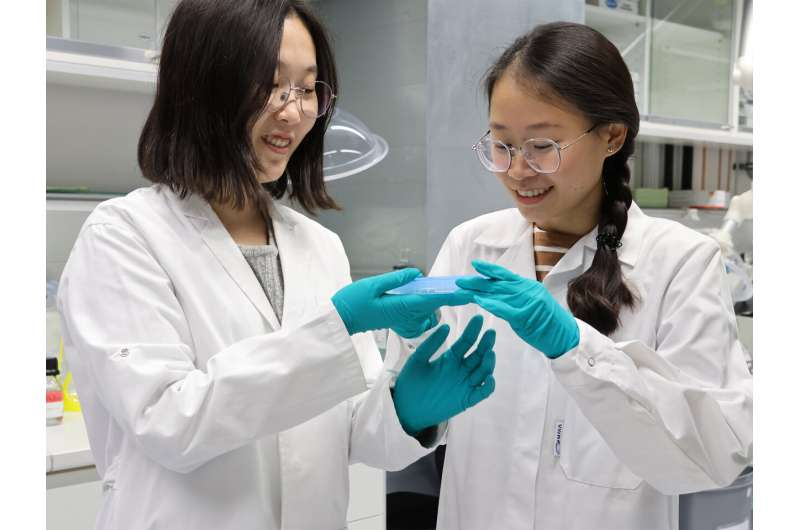
A team of researchers from the Max Planck Institute for Chemical Ecology in Jena, Germany, has achieved something quite remarkable. They have successfully combined single-cell RNA sequencing (scRNA-seq) and single-cell mass spectrometry (scMS) within the same plant cell. This might sound highly technical, but in simple terms, it means scientists can now look inside a single plant cell and see not only which genes are active but also what chemical compounds that cell is actually producing.
This dual analysis is a big leap forward in plant science because it allows researchers to directly connect gene expression (the “blueprints”) with metabolite production (the “end products”) in a single, living cell. The study, published in the Proceedings of the National Academy of Sciences (PNAS) in 2025, represents a breakthrough for understanding how plants make complex natural products—especially those used in medicine.
Why This Matters
Plants are amazing chemical factories. Many of the medicines we rely on, from painkillers to cancer drugs, come from compounds that plants naturally produce. However, these biosynthetic pathways—the step-by-step chemical reactions that build those compounds—are often extremely complicated.
One challenge has always been that no single cell in a plant usually makes the entire compound. Instead, different steps of the pathway happen in different types of cells, and the intermediate molecules must travel between them. On top of that, plants can store these metabolites in specific cells or structures, further complicating things.
Because of this, studying plant metabolism using just one type of data (like gene activity) gives an incomplete picture. By combining scRNA-seq and scMS, scientists can finally see both the “instructions” and the “products” in the same cell, revealing how plants coordinate this intricate chemistry at the microscopic level.
How the Team Did It
The project was led by Sarah O’Connor and Lorenzo Caputi from the Max Planck Institute for Chemical Ecology, in collaboration with colleagues at the Max Planck Institute of Biochemistry in Munich. The team developed a workflow that isolates individual plant cells (called protoplasts, which are plant cells with their cell walls removed), then analyzes both their genes and metabolites.
Here’s the process step-by-step:
- Cell Isolation: The researchers first removed protoplasts from the medicinal plant Catharanthus roseus, commonly known as the Madagascar periwinkle. This plant is famous for producing the cancer drugs vinblastine and vincristine.
- Microwell Setup: The individual cells were trapped in microwells—tiny chambers that keep each cell separate.
- Automated Cell Transfer: A robotic system called CellCelector Flex was used to pick up and move each single cell into a specific position on a 96-well plate.
- Cell Lysis: Each cell was gently lysed (broken open) to release all its contents—RNA, proteins, metabolites, and organelles—into a water-based solution.
- Data Splitting: The lysate was divided into two halves. One half went through single-cell RNA sequencing to analyze gene expression, while the other was used for single-cell mass spectrometry to detect metabolites.
Since each cell’s position on the 96-well plate was known, the data from the two analyses could be perfectly matched later. That means every point of gene expression data corresponded exactly to the same cell’s metabolite profile.
The Proof of Concept
The researchers tested their method on Catharanthus roseus because its metabolic pathways are already well-studied and involve multiple cell types. They focused on tracking alkaloid biosynthesis, the process that leads to medically important compounds like vinblastine.
In their analysis, they confirmed that at least three distinct cell types participate in producing these compounds. Some of the intermediate metabolites, like loganic acid, were found in unexpected cell types, suggesting that these molecules are transported and stored in different cells from where they are made.
This insight was possible only because the team could see both the gene activity and the metabolite levels within the same individual cells.
What They Found
- The researchers observed a direct correlation between gene expression and metabolite abundance for certain steps in the alkaloid pathway.
- Some intermediates accumulated in specific cells, while others were transported elsewhere, confirming the cell-type specialization in plant metabolism.
- The study demonstrated that plants use sophisticated logistics to move chemical intermediates around, much like a well-coordinated factory with specialized departments.
This method allows scientists to pinpoint exactly where key compounds are made and stored, which could be transformative for bioengineering and drug discovery.
Challenges and Limitations
While the results are impressive, the team also pointed out some limitations of their current method:
- Only protoplasts can be used. Since the process requires removing cell walls, certain cell types that don’t survive this process can’t yet be analyzed.
- Low throughput. Each experiment can process around 200 cells, which limits the ability to detect rare cell types.
- Detection sensitivity. Mass spectrometry can only detect metabolites above a certain concentration. Very short-lived or low-abundance compounds may go unnoticed.
The researchers are now optimizing the workflow to increase reproducibility, reduce costs, and automate several steps. They also plan to apply the technique to other plant species and tissues such as roots, stems, and leaves to identify potential bottlenecks in plant metabolism.
Broader Implications
The implications of this research are wide-ranging:
- Plant Science: It opens up a completely new way to study how plants organize their metabolism at the cellular level. Scientists can now build maps showing which cells do which part of a biosynthetic pathway.
- Medicine: Understanding which specific cells produce important medicinal compounds could help scientists engineer plants or even microorganisms to produce these molecules more efficiently.
- Sustainability: By uncovering how plants naturally manage complex chemistry, this technique could contribute to more sustainable production of plant-based drugs and biochemicals.
In short, this is not just a new tool—it’s a new window into plant metabolism, offering insights that were previously impossible to obtain.
About the Plant Used in the Study
The Madagascar periwinkle (Catharanthus roseus) isn’t just a pretty garden flower; it’s a pharmaceutical powerhouse. Native to Madagascar, this small plant produces vinblastine and vincristine, two essential chemotherapy drugs used to treat leukemia, Hodgkin’s lymphoma, and other cancers.
These compounds belong to a family of chemicals called monoterpenoid indole alkaloids (MIAs), which are among the most structurally complex natural products known. The biosynthesis of MIAs involves numerous enzymes and occurs across multiple cell types, making it a perfect model for this kind of single-cell analysis.
By linking gene activity and metabolite data in these cells, researchers can now explore how nature builds such intricate molecules—and perhaps even replicate or modify these pathways in the lab.
The Technical Details in a Nutshell
- Organisms used: Catharanthus roseus (Sunstorm Apricot variety)
- Tools and instruments: CellCelector Flex robotic micromanipulator, 96-well plates, SMART-seq2 for RNA sequencing, UPLC-MS for metabolomics
- Analyzed compounds: Loganic acid, secologanin, mauritianin, ajmalicine, catharanthine, and deacetylvindoline
- Collaborating institutes: Max Planck Institute for Chemical Ecology (Jena) and Max Planck Institute of Biochemistry (Munich)
- Researchers involved: Moonyoung Kang, Anh Hai Vu, Abbie Casper, Rinho Kim, Jens Wurlitzer, Sarah Heinicke, Assa Yeroslaviz, Lorenzo Caputi, and Sarah O’Connor
Looking Ahead
The Max Planck team is now refining their workflow to make it faster, cheaper, and more accessible. Their ultimate goal is to turn this into a standard tool for plant scientists everywhere. By scaling up and improving sensitivity, future studies could map entire biosynthetic pathways cell by cell across different plant organs and species.
This approach could also help identify new medicinal compounds in less-studied plants or even uncover hidden metabolic capabilities that have never been observed before.
In essence, the researchers have created a bridge between plant genetics and plant chemistry at the single-cell level—a bridge that may one day change how we discover, understand, and produce natural products.
Research Reference:
Single-cell metabolome and RNA-seq multiplexing on single plant cells – PNAS (2025)
